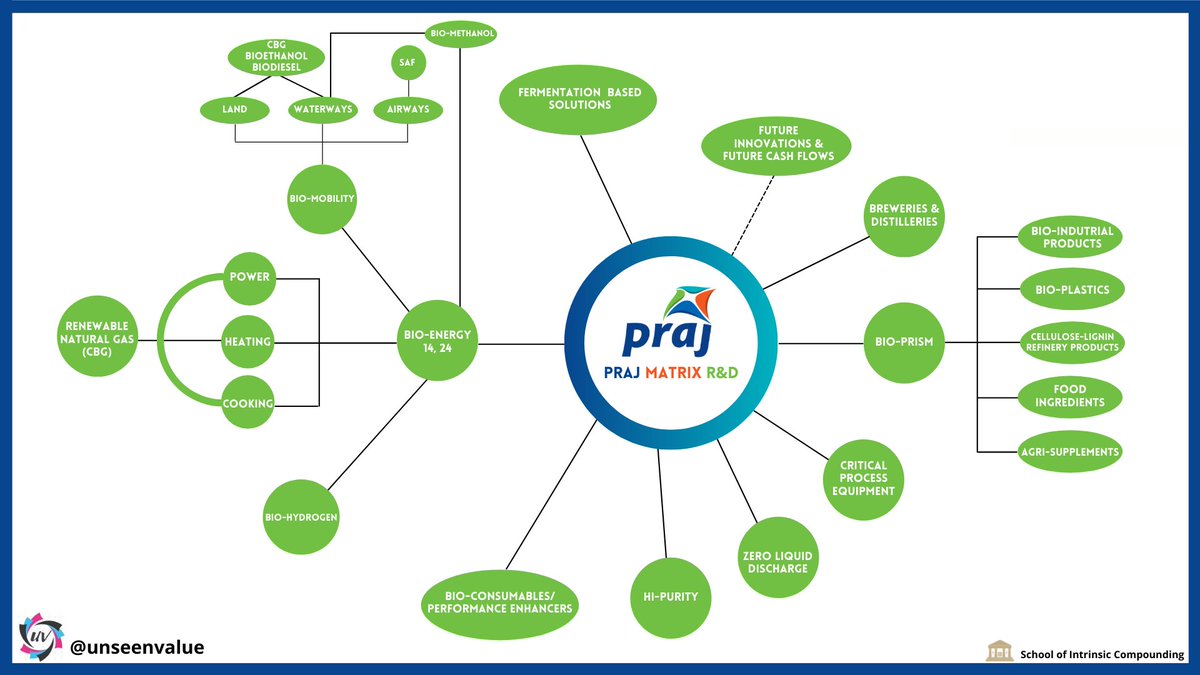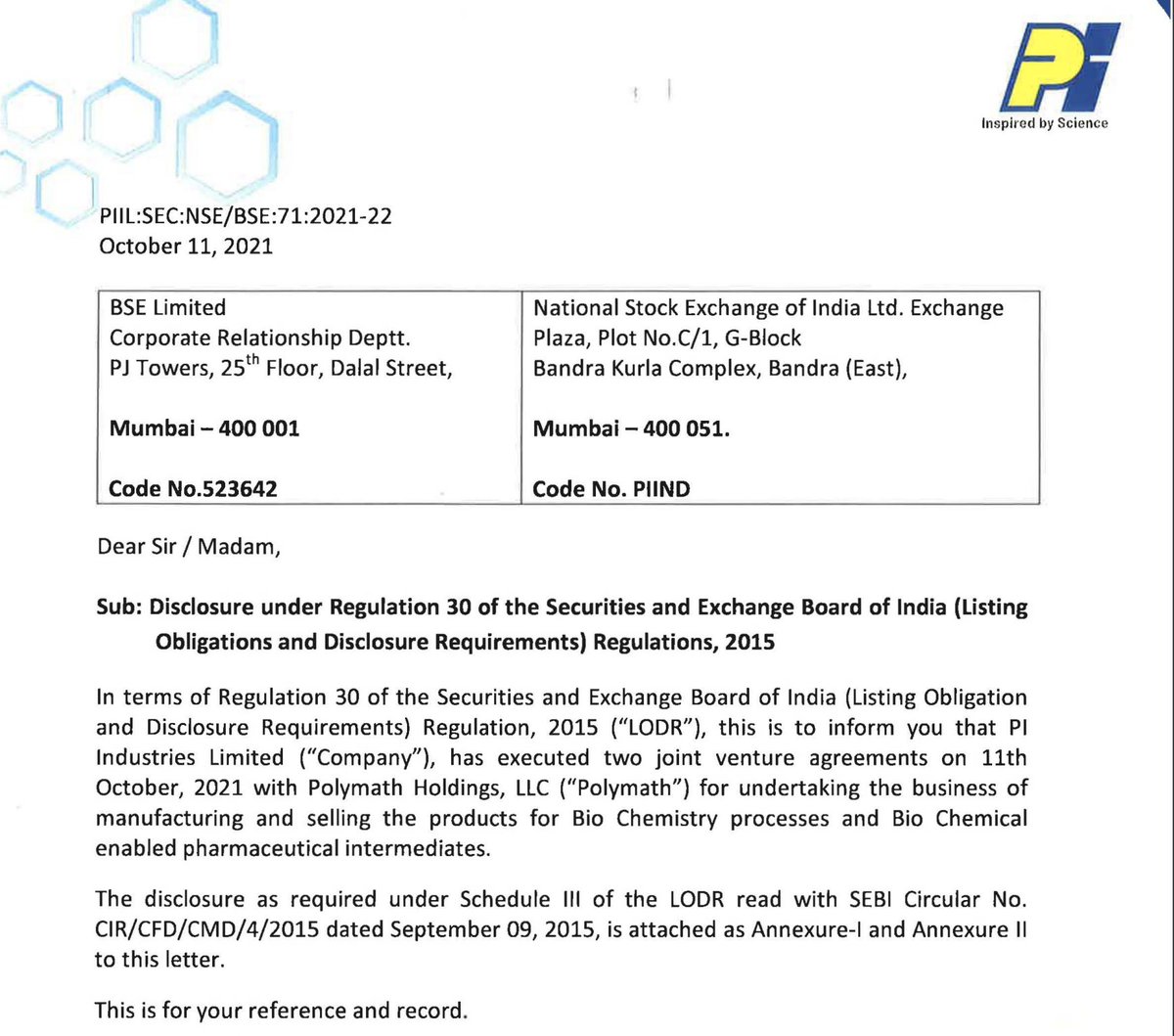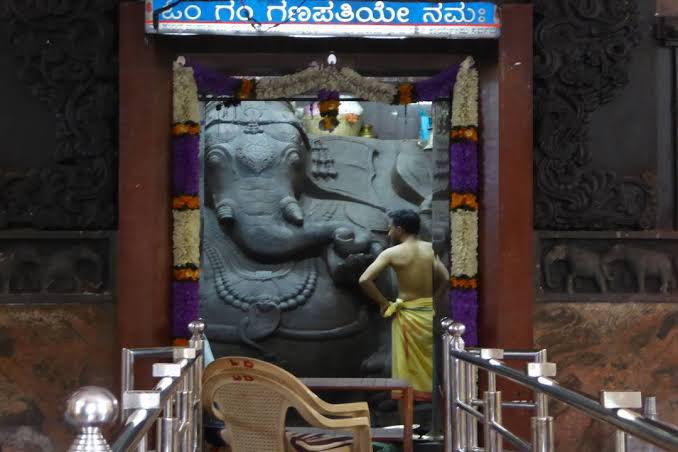The net cash flow at the end of the year tells us about the movement of cash on the balance sheet.
The Basics of a Cash Flow Statement explained from scratch 🏧🎰🧮
In this thread we will talk about -
1. How Cash flow statement is made?
2. What is CFO,CFI and CFF?
3. Why is CFO/Ebitda important?
4. Finally, we will talk about Free Cash flow statement
Retweet for max reach!
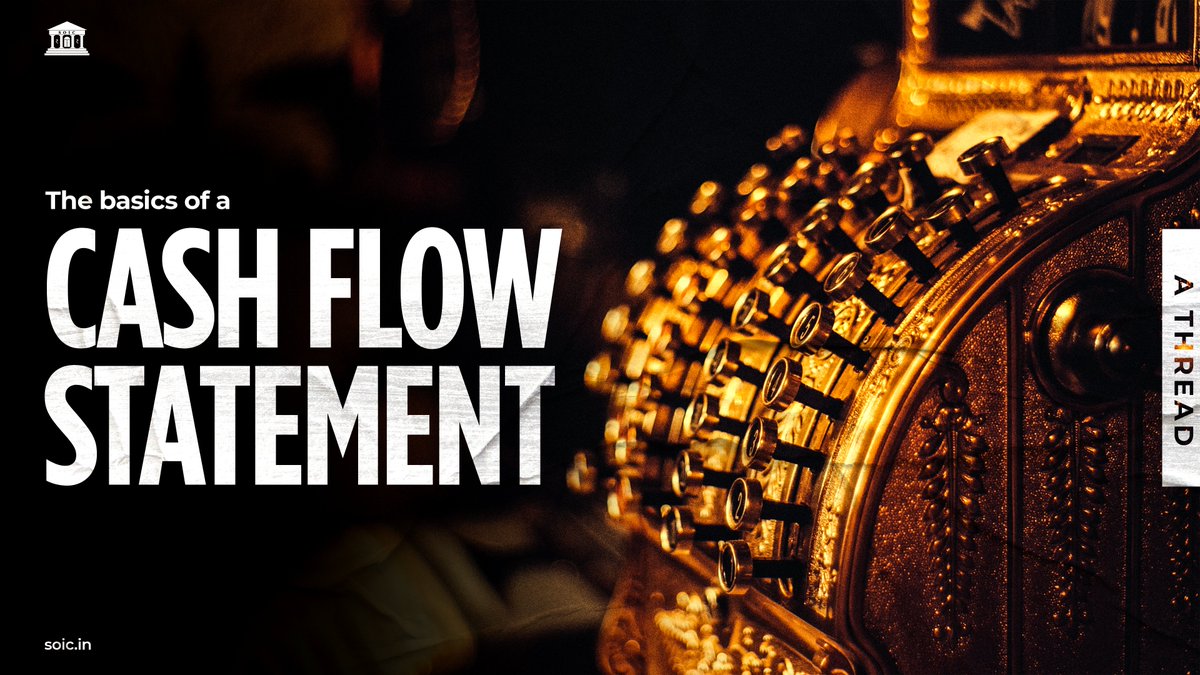
The net cash flow at the end of the year tells us about the movement of cash on the balance sheet.
Companies maintain books of accounts as per accrual principle, that means we book revenue or expense as and when it is incurred.
Cash flow helps us in knowing whether that 10,000 has been received in cash or not.
Assuming the expenses are of Rs. 20 per unit so Company A recorded the profit of 3000 and A has this 3000 in cash.
So they recorded the sales of Rs. 5,000 here.
One can say quality of sales and cash flow is better for Company A. The reason why CFS is important
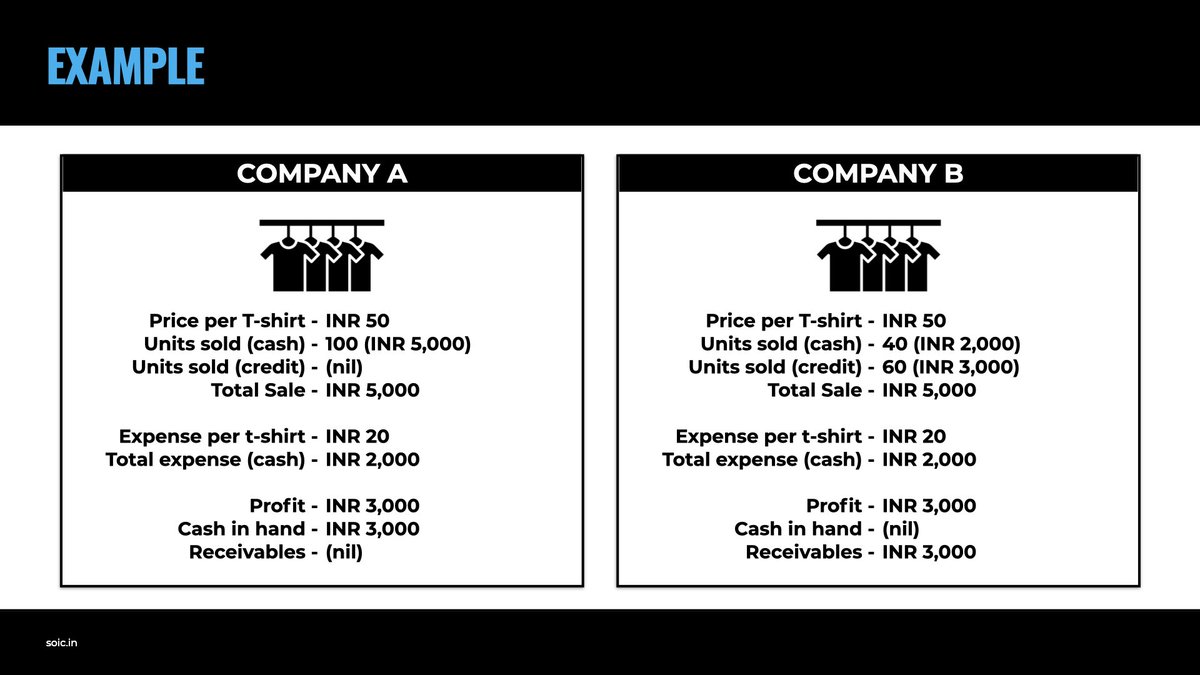
1⃣Cash Flow from Operating Activities
2⃣Cash Flow from Investing Activities
3⃣Cash Flow from Financing Activities
A simple way to remember this is, that whatever is to do with operations of the business is included in CFO.
1⃣Finance cost: Finance cost means interest paid on borrowings during the year. You will think why is it added back?
2⃣Depreciation and Amortisation cost:
Depreciation means cost of Physical assets divided in years when assets will be used.
(Assuming Salvage value is 0)
Why is this added back?
This is why Depreciation is known as a Non cash expense and is added back to PBT while calculating Cash flow from operations.
Since these are not part of my core business activities it will be adjusted here, if sold at a gain then we will reduce it from PBT or if at a loss then we will add it back.
Eg:- Selling Excess Land the business has at a gain.
(More on that later)
Now we will be required to adjust working capital changes, but before going to that lets understand the meaning of working capital.
Working capital adjustments:
When assets increase we deduct it from operating profit and when assets decrease we add it into operating profit.
When liabilities increase we add it in operating profit before working capital changes because it is fund inflow whereas if liabilities decreases we deduct it from operating profits because it is fund outflow.
It’s the same case for accounts receivable. When it increases, it means the company sold their goods on credit.
1. When current assets increase🔼, your cash flow decreases🔽.
2. When Current assets Decrease🔽, your cash flow increases🔼.
3. When current Liabilities increase🔼, your cash flow Increases🔼.
Let’s see it in the example of Deepak Nitrite:
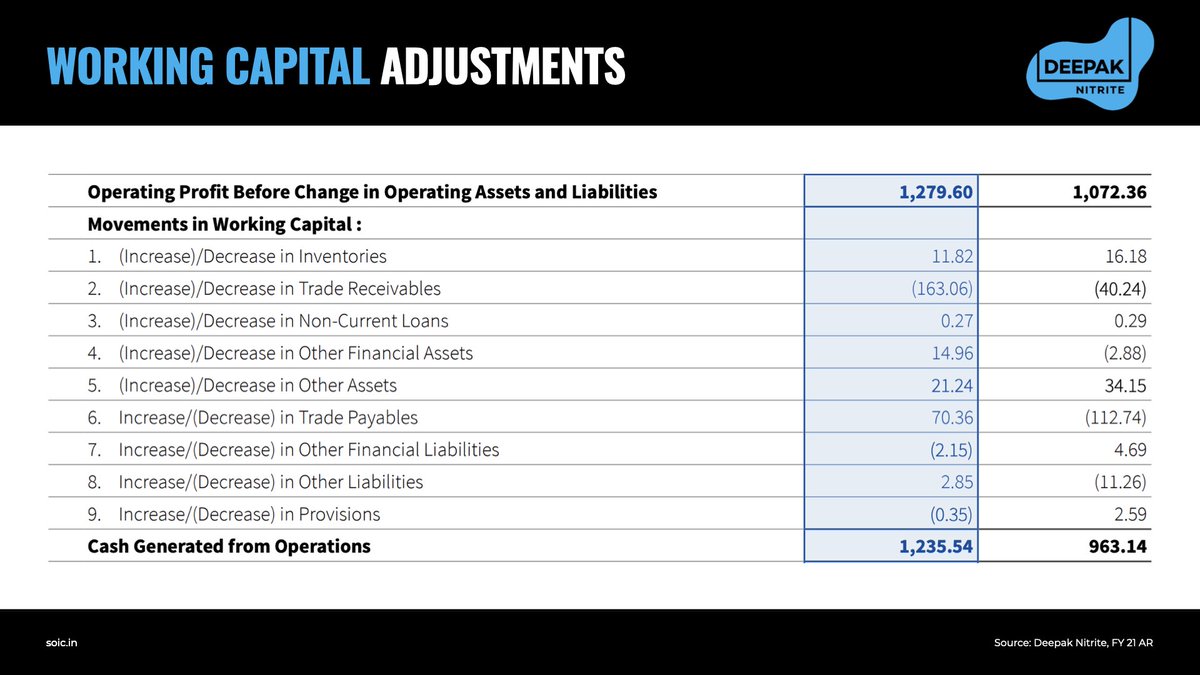

Here income tax will be deducted which is actually paid during the year. These are also known as cash taxes paid.

CFO to EBITDA: CFO to EBITDA (Earnings before Interest, Tax, Depreciation and Amortization) will reflect whether operating profit is converting into cash or not.
It can be used as a matrix to compare peers and their quality of revenue in the same sector!
For Example:- All 3 companies from the milk sector🔽🔽
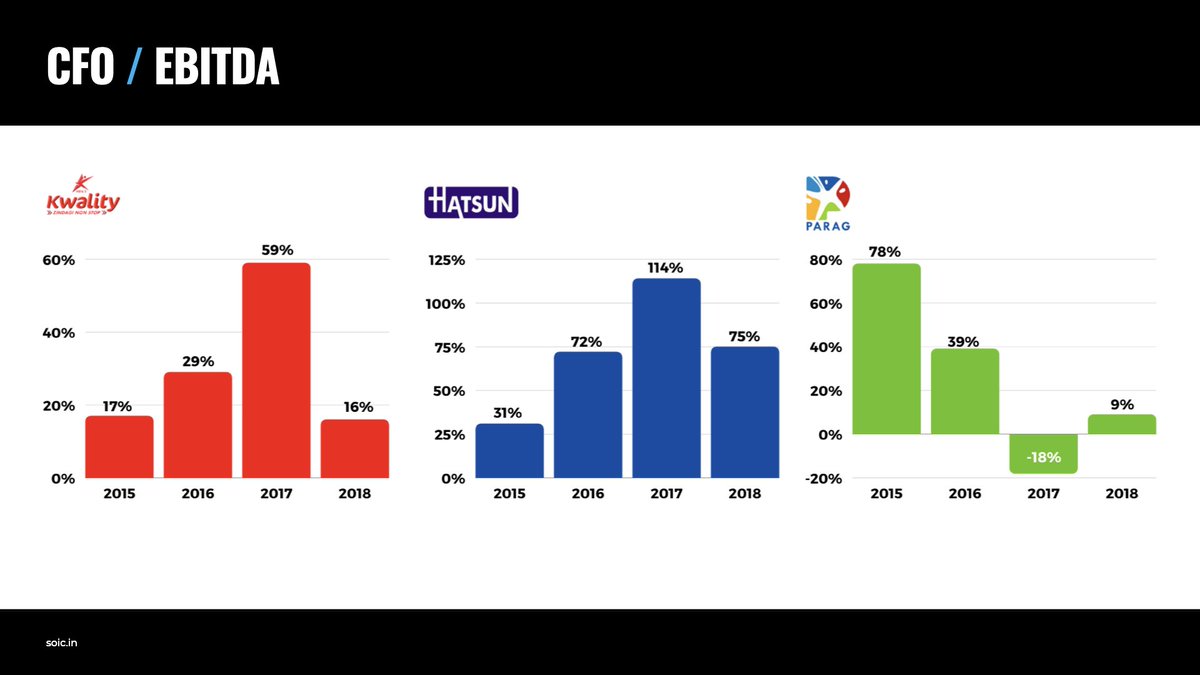
Whenever you do any investment for the future or receive interest from your investments. Then all such cash generated or used is termed under cash flow from investing activities.
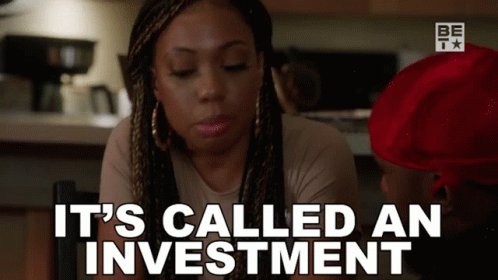
All items under CFI 🔽🔽🔽
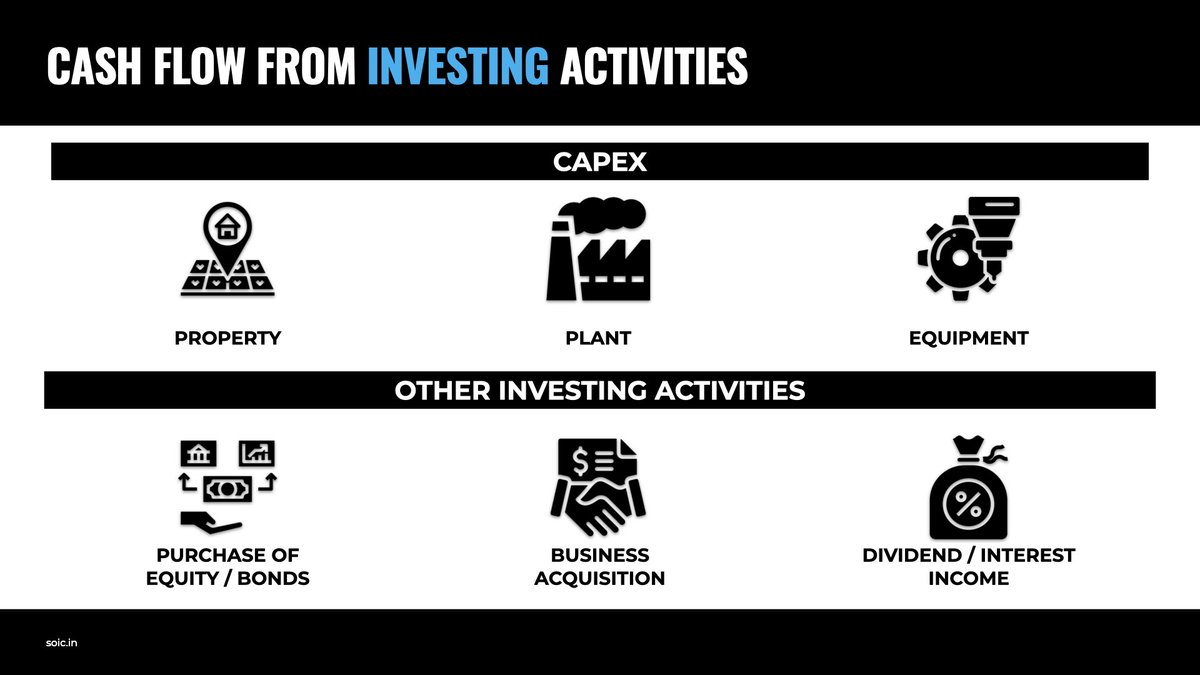
1⃣ Whenever a business purchases a Fixed asset. It is shown as a cash outflow under CFI. Shown as negative.
2⃣ Whenever a business sells assets, it is shown as positive cash inflow. Thus, cash flowing in under CFI.
P.S. Always remember, all capital expenditure of a business reflects under CFI statement.
Example:- CFI statement of Deepak Nitrite ⤵️⤵️

Cash Flow from Financing Activities:-
Financing activities are those activities which a company uses to fund its business like borrowings, repayment of borrowings, issue of equity, buyback or payment of dividend.
Includes all these items:-
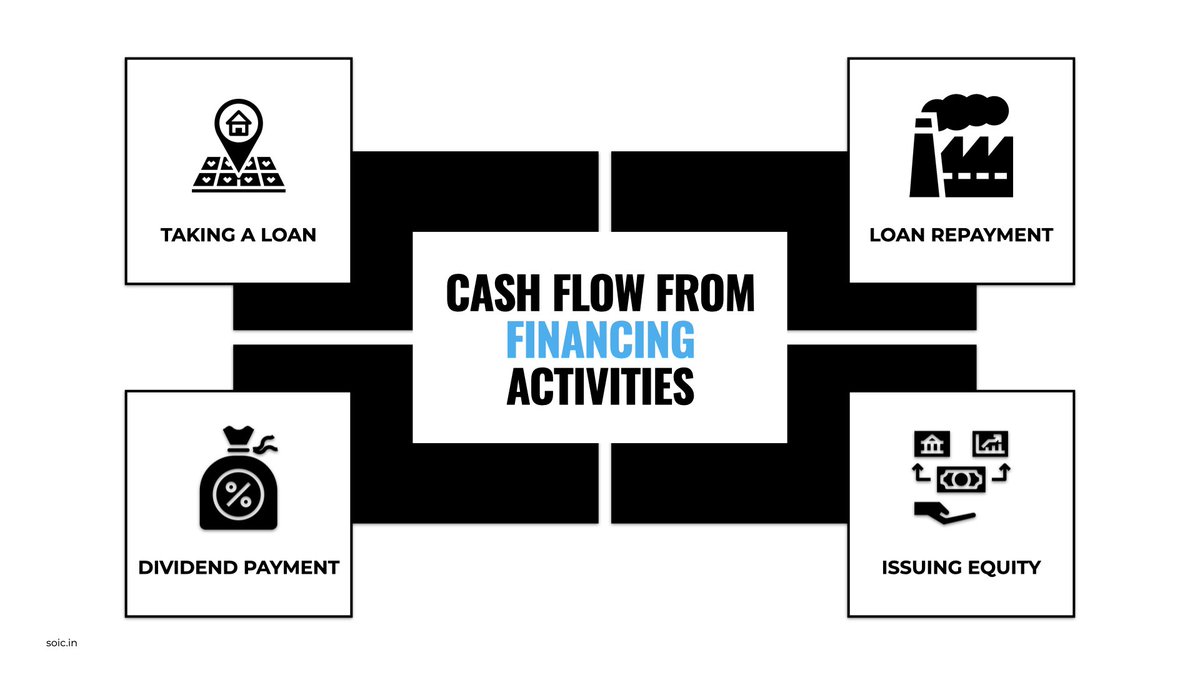
Just look at CFF of Deepak Nitrite⤵️
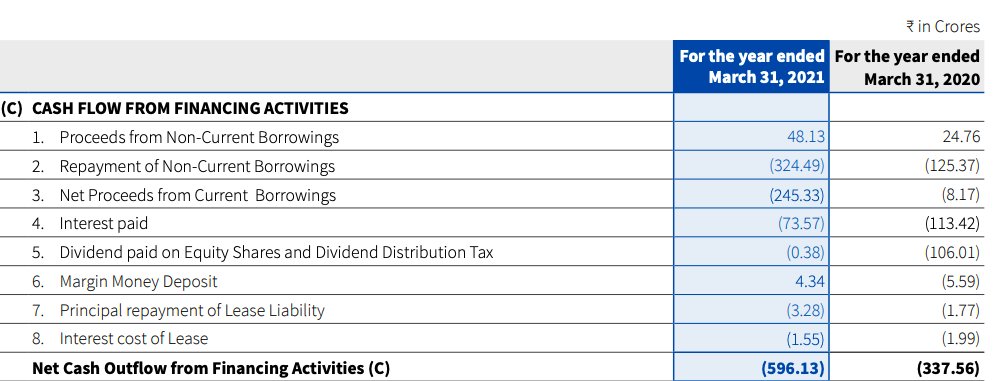
Coming to the important concept of Net cash flow.
If you add Cash flow from operations+Cash flow from Investing activities+Net cash flow from Financing activities.
You get to the net cash generated by the the business in a given period :)
More from Intrinsic Compounding
You May Also Like
BREAKING: @CommonsCMS @DamianCollins just released previously sealed #Six4Three @Facebook documents:
Some random interesting tidbits:
1) Zuck approves shutting down platform API access for Twitter's when Vine is released #competition
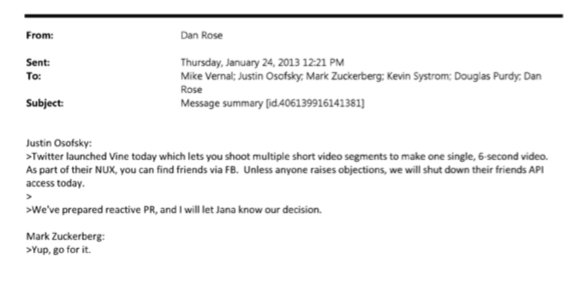
2) Facebook engineered ways to access user's call history w/o alerting users:
Team considered access to call history considered 'high PR risk' but 'growth team will charge ahead'. @Facebook created upgrade path to access data w/o subjecting users to Android permissions dialogue.
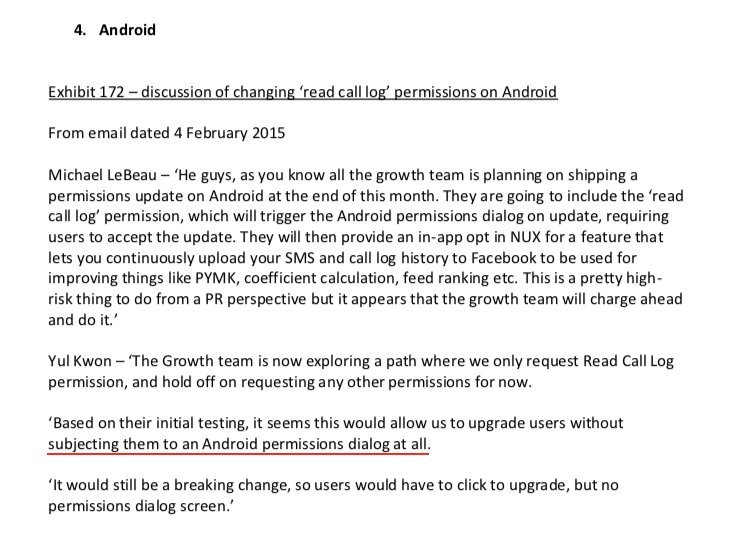
3) The above also confirms @kashhill and other's suspicion that call history was used to improve PYMK (People You May Know) suggestions and newsfeed rankings.
4) Docs also shed more light into @dseetharaman's story on @Facebook monitoring users' @Onavo VPN activity to determine what competitors to mimic or acquire in 2013.
https://t.co/PwiRIL3v9x

Some random interesting tidbits:
1) Zuck approves shutting down platform API access for Twitter's when Vine is released #competition

2) Facebook engineered ways to access user's call history w/o alerting users:
Team considered access to call history considered 'high PR risk' but 'growth team will charge ahead'. @Facebook created upgrade path to access data w/o subjecting users to Android permissions dialogue.

3) The above also confirms @kashhill and other's suspicion that call history was used to improve PYMK (People You May Know) suggestions and newsfeed rankings.
4) Docs also shed more light into @dseetharaman's story on @Facebook monitoring users' @Onavo VPN activity to determine what competitors to mimic or acquire in 2013.
https://t.co/PwiRIL3v9x





